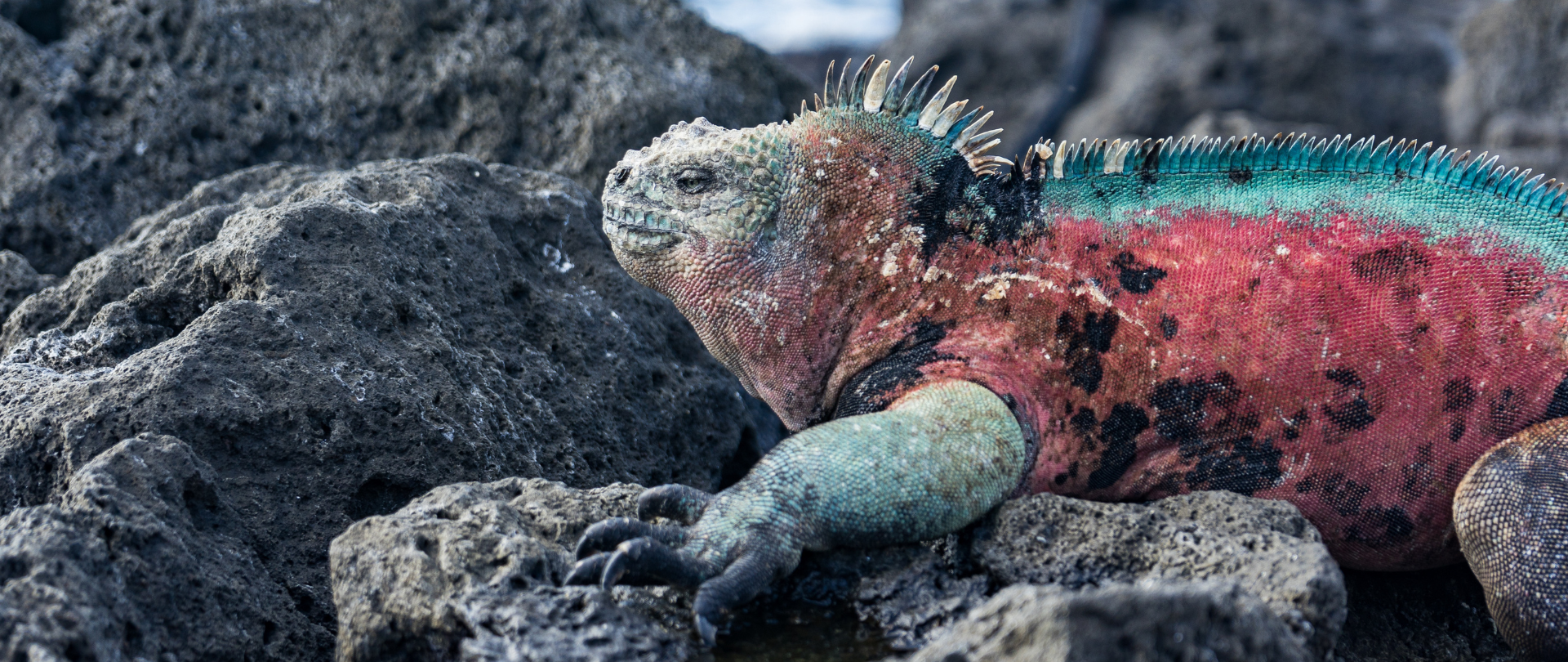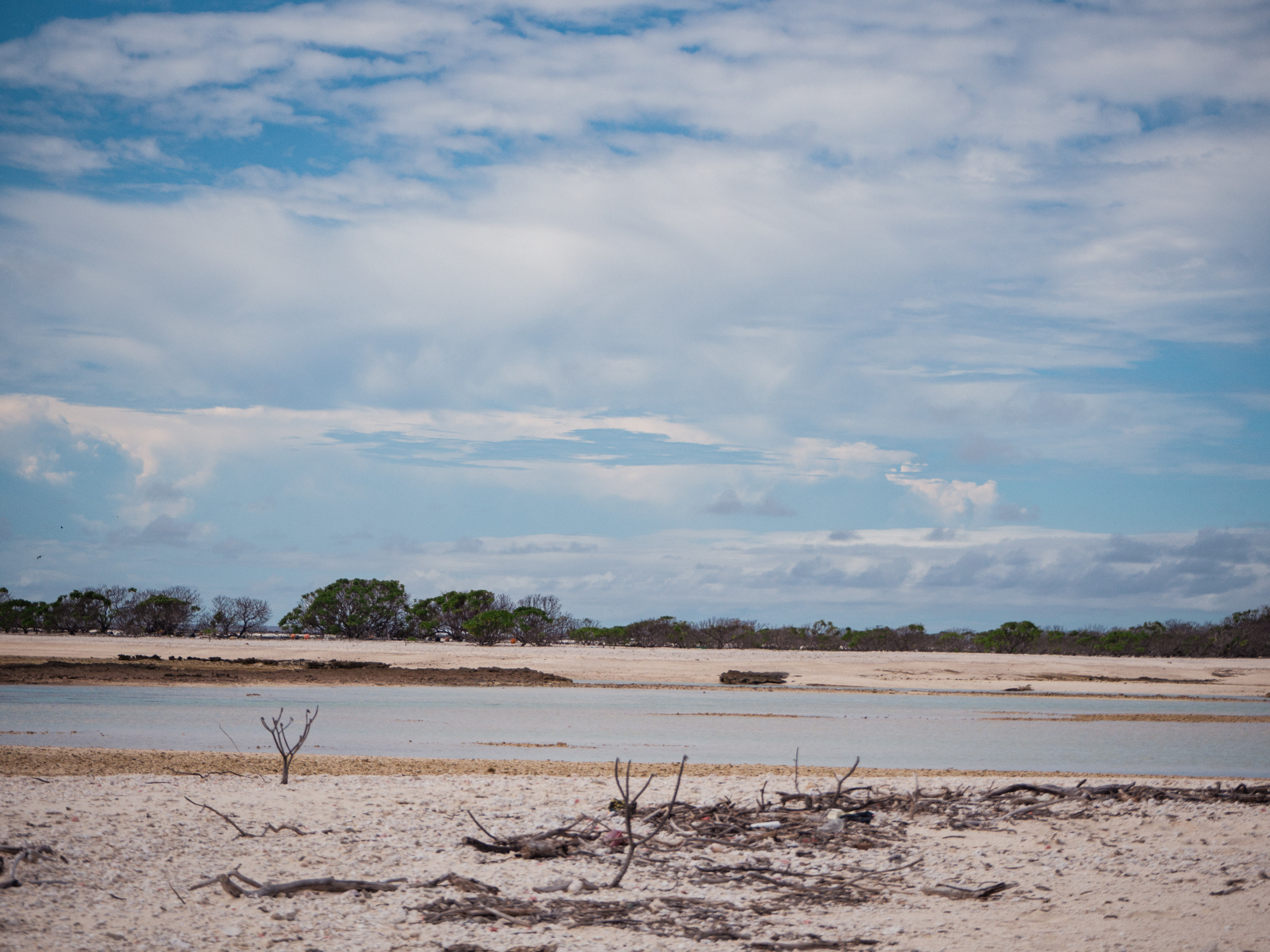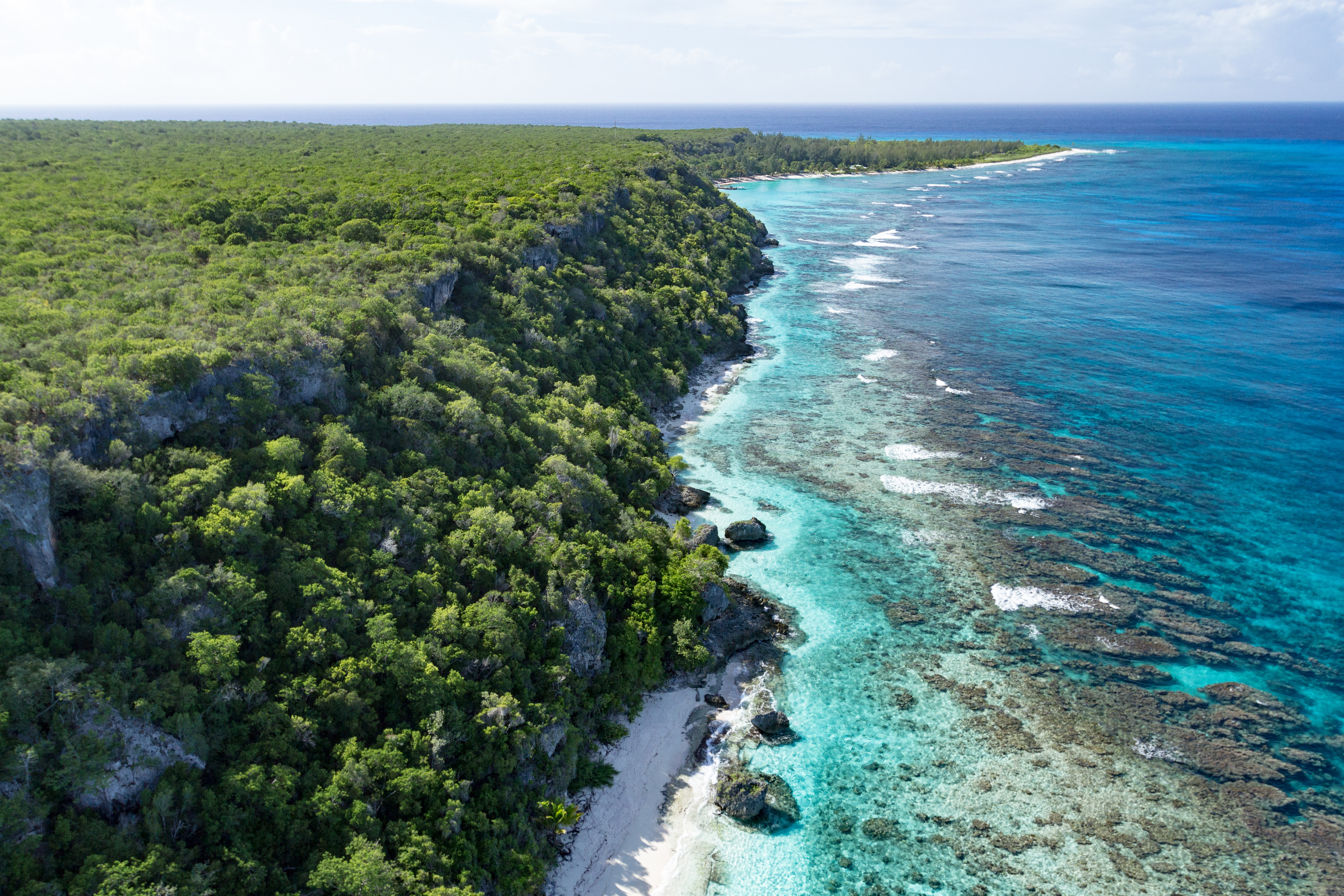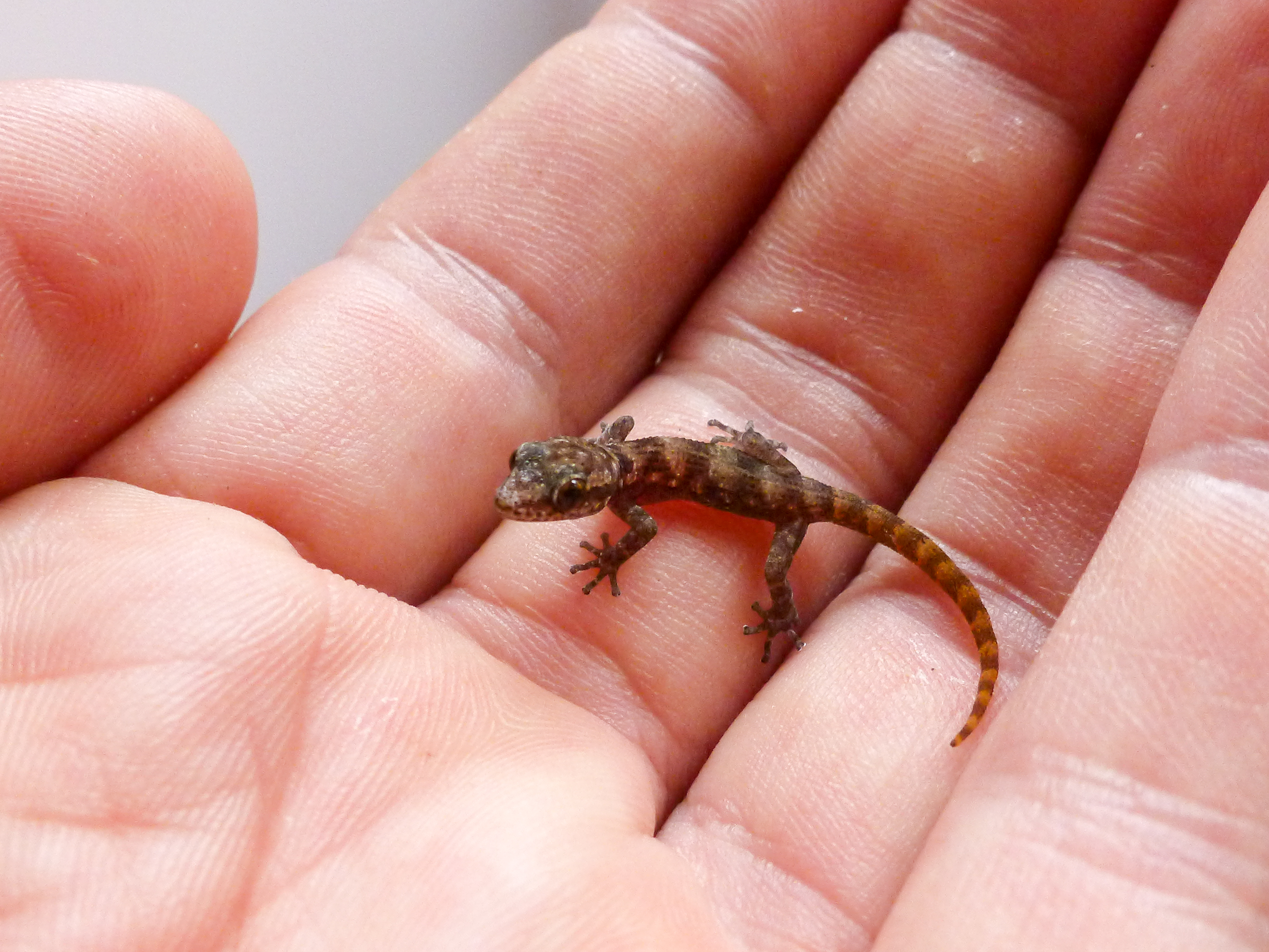February 9, 2025
9 Awesome Environmental Blogs to Follow in 2025
Follow these top environmental blogs to keep updated on the latest trends, challenges, and solutions in the conservation world!
We use cookies to help you navigate efficiently and perform certain functions. You will find detailed information about all cookies under each consent category below.
The cookies that are categorized as "Necessary" are stored on your browser as they are essential for enabling the basic functionalities of the site. ...
Necessary cookies are required to enable the basic features of this site, such as providing secure log-in or adjusting your consent preferences. These cookies do not store any personally identifiable data.
Functional cookies help perform certain functionalities like sharing the content of the website on social media platforms, collecting feedback, and other third-party features.
Analytical cookies are used to understand how visitors interact with the website. These cookies help provide information on metrics such as the number of visitors, bounce rate, traffic source, etc.
Performance cookies are used to understand and analyze the key performance indexes of the website which helps in delivering a better user experience for the visitors.
Advertisement cookies are used to provide visitors with customized advertisements based on the pages you visited previously and to analyze the effectiveness of the ad campaigns.
Our new online shop is live!

How can we tell when an ecosystem is healthy and strong?
Environments around the world are under threat from stressors such as climate change, extreme weather, invasive species, and pollution. One indicator is more reliable than any other in assessing whether the environment will bounce back: biodiversity.
Biodiversity is a way to measure how many different species are in a given region. Instead of a flat count of all different species present in a particular region, biodiversity takes into account species’ population size and genetic diversity.
Research shows that the more biodiverse a region is, the more resilient it is. It can be a surprise, then, that islands–which are so vulnerable to threats like climate change–are some of the most biodiverse, and thus resilient, places on the planet.
“Biodiversity Hotspots” are regions with very high plant diversity. Of the 36 officially-listed biodiversity hotspots, most are coastal and include islands. Almost a third of the hotspots are exclusive to islands.
Islands are fascinating in the diversity they exhibit across not just plants, but birds and reptiles as well. They are home to 20% of the world’s bird, reptile, and plant species, even though they only make up 5% of the Earth’s land area.
Islands’ unique geography accounts for this diversity. Because organisms on islands develop in isolation, with less competition compared to their mainland relatives, they can speciate (become distinct species) much more easily. They also develop unique traits and behaviors. For example, the ground-dwelling Tongan Megapode evolved to bury its eggs in warm volcanic areas to incubate them, because its island habitat had no digging predators.

Biodiversity hotspots are key to the overall health of our planet. Even though islands may seem isolated, their ecosystems perform essential functions that benefit all life on earth. Islands excel at climate regulation, in particular. Their vegetation traps millions of metric tons of carbon per year, and with conservation efforts underway, they stand to capture millions more.
Island biodiversity is under threat. Almost half of all Endangered and Critically Endangered vertebrates in the world–41%–call islands their home. These numbers send a clear message: when it comes to protecting biodiversity, islands should be a top priority. By focusing on these biomes, we can build hope for a rich, vibrant, biodiverse planet!
You can find almost every type of habitat on an island. From the lush green tundra of the Aleutian Islands, to the arid, low-lying Marshall Islands, to the coastal mangrove forests of the Galápagos, islands are home to practically every environment imaginable. But these habitats don’t only exist on land–near-shore ecosystems, such as kelp forests, intertidal zones, and coral reefs, thrive near islands and harbor important biodiversity.

Hawadax Island, part of the Aleutian Island chain in Alaska, is treeless and rocky. Its steep cliffs and small inland mountains are a key nesting site for many different bird species, such as the Rock Sandpiper, Pigeon Guillemot, Common Eider, Red-faced Cormorant, and Gray-crowned Rosy Finch. Once, this biodiversity was under threat from invasive rats that destroyed the ecosystem. But after an Island Conservation project helped rebalance the environment, Hawadax is teeming with life. We even spotted Tufted Puffins, a species that had never been known to nest there before!
By contrast, the Marshall Islands in the North Pacific are flat and hot. Bikar Atoll, in the Outer Islands, is a semi-arid circle of coral islands with a maximum elevation of 6 meters above sea level. Its sheltered coral reefs exhibit astonishing diversity, with both hard and soft corals providing homes for Green Sea Turtles, Humphead Parrotfish, Giant Clams, and more. In fact, the Marine Protected Area that Bikar is part of contains the highest reef fish biomass in the entire Pacific Ocean! Our project to restore Bikar will improve the flow of nutrients from land to sea, increasing the bioavailable nitrogen in this marine environment.
The Galápagos Islands in Ecuador are also famous for the ways its terrestrial and marine ecosystems interact. Many iconic species, such as Marine Iguanas, Galápagos Fur Seals, and Galápagos Penguins cross the boundary between land and sea every day, moving vital nutrients back and forth. Like many coastal ecosystems, the Galápagos also boasts rich mangrove forests that prevent erosion and harbor rare fish and birds. Our projects to restore the Galápagos have sparked startling transformations in these habitats, with species that we once thought extinct appearing for the first time!

Conservation isn’t just about saving species from extinction. Being strategic about our investments helps us protect, restore, and rewild as many kinds of habitats as possible.
Habitat diversity plays a crucial role in conservation. Diverse habitats support a wide range of species and ecological processes, such as nitrogen fixing, carbon capture, and erosion prevention. Because they exhibit such high habitat diversity, islands play a huge role in ecological balance around the planet. They can also exhibit great resilience to disturbances such as extreme weather, climate change, and human activities.
Conservation strategies that protect and restore diverse habitats are vital for preserving biodiversity, preventing extinctions, and improving climate resilience. At Island Conservation, we work to preserve all kinds of habitats on islands, which not only supports the survival of rare species, but also improves genetic diversity within species. By restoring a range of habitats, we can give these precious ecosystems the best chance at survival by making sure they have a great variety of strategies at their disposal.

The Galápagos Islands hold a special place in the history of biodiversity. Their legendary status comes from the role they played in Charles Darwin’s formulation of the theory of evolution. By traveling between the islands and observing the differences between species, Darwin was able to deduce that each species was suited to its unique niche and exhibited traits that allowed it to thrive. Today, the Galápagos Islands act as a kind of living laboratory for scientists studying evolution, ecology, and conservation–making them an invaluable resource for understanding the complexities of life on Earth.

The Galápagos Islands are full of endemic species that can be found nowhere else. From the iconic Giant Tortoises to the historic finches that inspired Darwin, speciation on these islands is both well-studied and astonishingly prolific.
Island Conservation is collaborating with local and international organizations to restore and rewild Floreana Island. Part of this project involves the reintroduction of twelve missing species. Among them are the Floreana Racer, a snake that hasn’t been seen on the island in more than 100 years, and the Floreana Giant Tortoise, which was rescued from extinction by a revolutionary breeding program.
The Galápagos has been the site of many conservation surprises, too. Pinzón Island, which we restored in the early 2010s, is now home to species that had previously not been able to live there. It had been more than 40 years since the Cactus Finch had been spotted on Pinzón, but they are now surviving and breeding there. Pinzón is also home to a small but growing population of Galápagos Rails, an endemic species that had never been recorded on the island before.
Rábida Island is the site of one of the most remarkable conservation stories in the Galápagos. After we worked with local partners to restore it, scientists found a healthy population of geckos thriving in the absence of invasive predators. Prior to their sighting in 2022, these Leaf-toed Geckos were only known to science through subfossil records that date back thousands of years.

Biodiversity is more than an indicator of an ecosystem’s health. It’s also an ecosystem’s best bet when it comes to surviving climate change and other disturbances.
Diverse ecosystems are more stable and resilient. They contain a variety of species that can perform different ecological roles, so if some species are affected by climate change, others can step in to maintain the ecosystem’s function. Pollination, nutrient recycling, and carbon sequestration are all part of healthy environments–and the continuation of these functions is the most important part of climate resilience.
Moreover, genetically diverse species are also more likely to be able to adapt to changing climates. The more potential adaptation strategies a species has, the more likely it is to survive. This means we don’t just need biodiverse ecosystems–we need the species in these ecosystems to have robust, growing populations.
People who care about the future of the planet should care about biodiversity–which means they should care about islands. Biodiverse ecosystems provide essential services, such as clean air and water, food, and medicine, and they help mitigate the impacts of climate change. By protecting and restoring biodiversity, Island Conservation enhances ecosystem resilience, safeguards natural resources, and ensures that ecosystems continue to provide vital services for the human communities that depend on them.
Preserving biodiversity is not only about protecting nature but also about sustaining the life-support systems upon which we all depend. Read more about what we’re doing to protect our planet’s most precious and biodiverse ecosystems by joining our newsletter, and support our mission by making a donation today!
Check out other journal entries we think you might be interested in.
Notifications